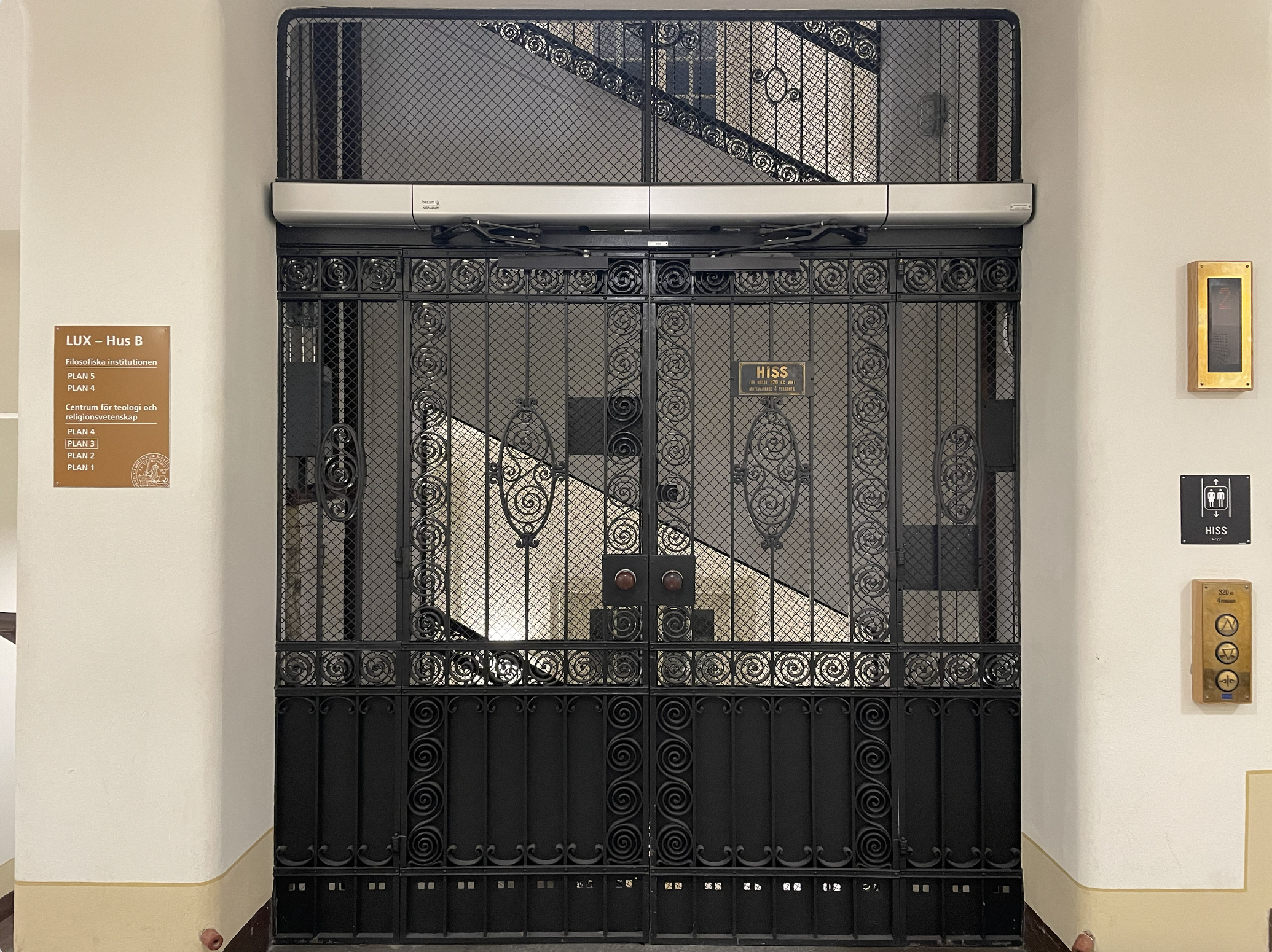
Universal Design for Learning in Higher Education (Currently reading Cumming & Rose, 2022)
I have written about Universal Design for Learning (UDL) before, and from those posts it is clear that I did struggle with the concept quite a bit before I got the point and it slowly grew on me. Before I came across the “office analogy” for brain functions, I found it difficult to understand the structure of the UDL framework, and many points seemed redundant. That they show brain areas to make the point of “there are different processes involved in learning” is still weird to me, it looks like something I would expect in one of those magazines the pharmacies give to you, or an ad for headache medication; very pseudo scientific. Anyway, instructors struggling with the framework is very common in my experience as instructor and as academic developer, and also Cumming and Rose (2022) find in their review of current literature of UDL in higher education that that is one major obstacle. They also find, however, that UDL is well supported by theory about how learning works (something that I often hear questioned, even though nobody can actually point to where it goes against the currently accepted understanding of learning), and also that implementing UDL leads to very high satisfaction in both students (who don’t have to disclose disabilities any more, and aren’t being singled out) and instructors (who don’t have to spontaneously and individually accommodate students). So reading this review, I feel even more confident that we should continue working with UDL (at least until we find something better, and if you find something, please let me know!) and that we need to put more effort into “selling” the framework to instructors.
Cumming, T. M., & Rose, M. C. (2022). Exploring universal design for learning as an accessibility tool in higher education: A review of the current literature. The Australian Educational Researcher, 49(5), 1025-1043.